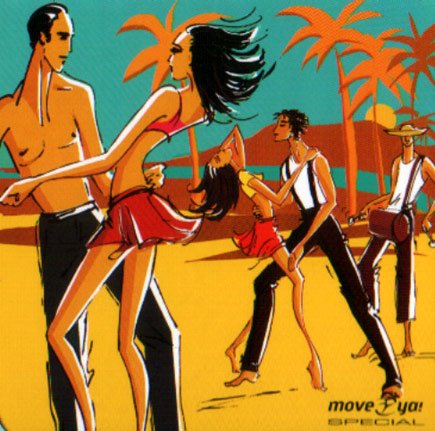The Cha-cha-cha is the name of a dance of Cuban origin.It is danced to the music of the same name introduced by Cuban composer and violinist Enrique Jorrín in 1953. This rhythm was developed from the danzón by a syncopation of the fourth beat. The name is onomatopoeic, derived from the rhythm of the güiro (scraper) and the shuffling of the dancers' feet.
The modern style of dancing the cha-cha-chá comes from studies made by dance teacher Monsieur Pierre (Pierre Zurcher-Margolle), who partnered Doris Lavelle.
 Cha-cha-cha may be either danced to authentic Cuban music, or Latin Pop or Latin Rock. The music for the international ballroom cha-cha-cha is energetic and with a steady beat. The Cuban cha-cha-chá is more sensual and may involve complex polyrhythms.
Cha-cha-cha may be either danced to authentic Cuban music, or Latin Pop or Latin Rock. The music for the international ballroom cha-cha-cha is energetic and with a steady beat. The Cuban cha-cha-chá is more sensual and may involve complex polyrhythms.
Styles of cha-cha-cha dance may differ in the place of the chasse in the rhythmical structure. The original Cuban and the ballroom cha-cha-cha count is "two, three, chachacha" or "four-and-one, two, three". The dance does not start on the first beat of a bar, though it can start with a transfer of weight to the lead's right.
Nevertheless, many social dancers count "one, two, cha-cha-cha" and may find it difficult to make the adjustment to the "correct" timing of the dance.
Cha-cha-cha is one of the five dances of the "Latin American" program of international ballroom competitions.
In general, steps are kept compact and the dance is danced generally without any rise and fall. The modern ballroom technique of Cha-cha-cha (and other ballroom dances) does undergo gradual evolution, particularly in competition dancing, but in essence is still firmly based on its Cuban origin in the 1950s.










0 comments:
Δημοσίευση σχολίου